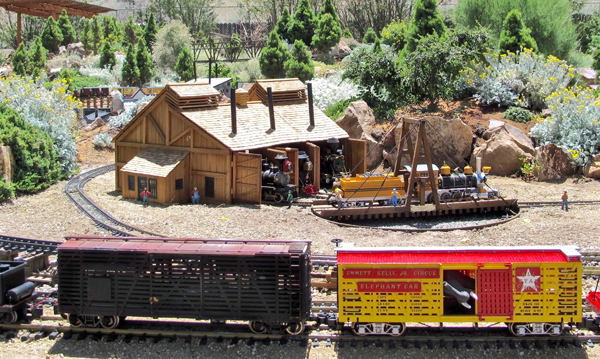
1. Near their back door in Nevada, a railyard introduces viewers to the theme of Joe and Mary Schrock’s highly detailed railway, Bulldog Junction. This picture communicates the teamwork necessary on railroads. All parts support the main theme. The distant backdrop of pointed dwarf Alberta spruce (Picea glauca ‘Conica’, Zones 4-8) suggests the scale world […]
Read More…
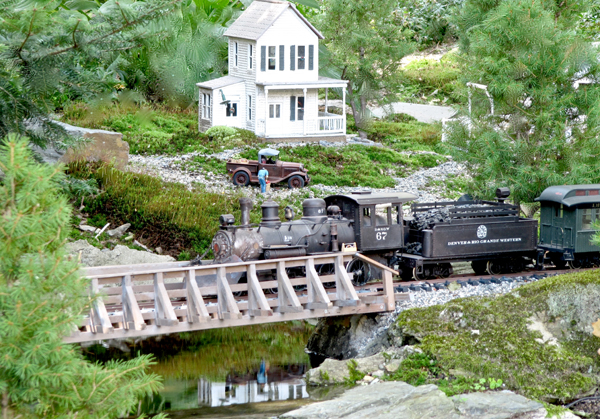
Photo 1 Standing on Scott Gould’s lawn, visitors look up at Ballachulish & Pitlochry Railway. Structural spruce trees contrast low native moss that Scott transplanted onto riverbanks and lawns. We’re able to peek under the bridge for the reflected view of the truck farmer’s home as he loads up for deliveries. The paired detail of […]
Read More…
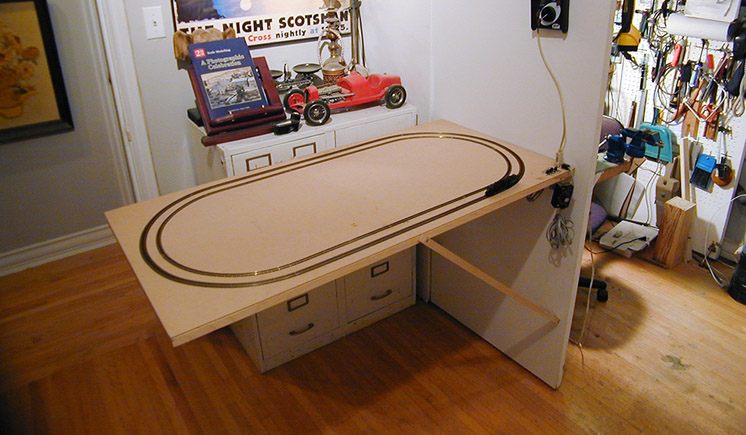
Tom Knapp’s workshop now sports this N scale standard and narrow gauge model railroad test track that folds up. With the safety bolt retracted, Tom can lift the table out of its hangers and tip it up against the door. The test track folds flat against the door, where it’s held by a magnetic latch […]
Read More…
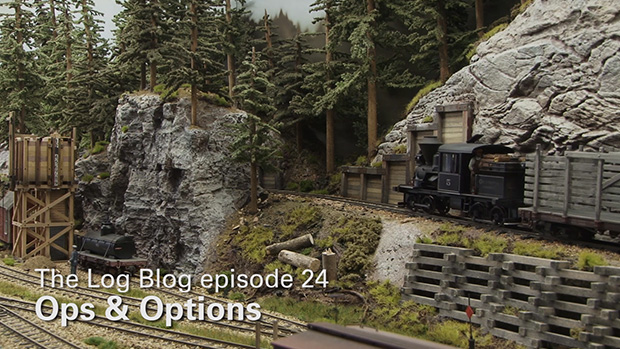
Having trouble viewing this video? Please visit our Video FAQ page You’ve been asking for a updated operating plan for the new and improved Olympia Logging Co. On30 layout. In this installment, David not only delivers a scheme, but he also runs a few trains to demonstrate how it all comes together. As a […]
Read More…
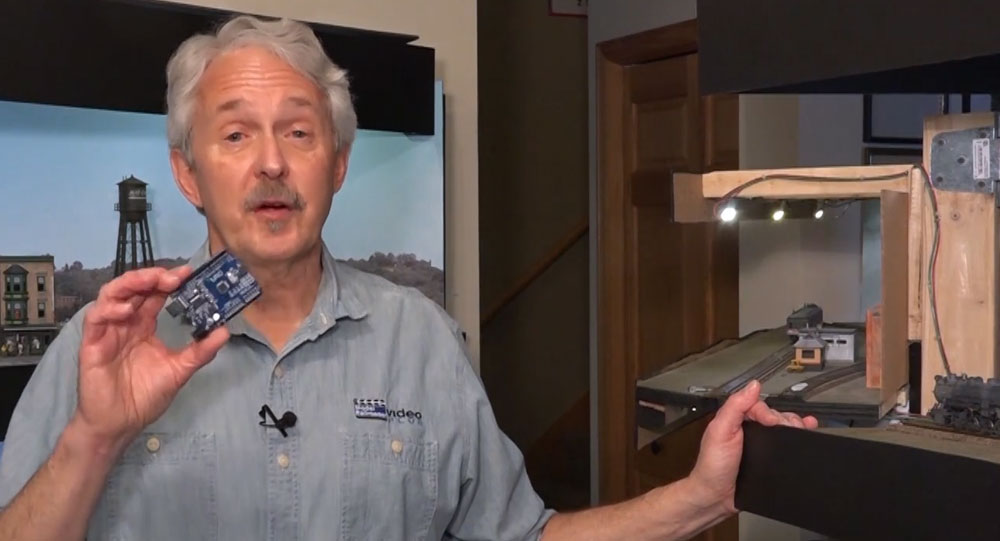
In part 3 of this MRVP mini-series, Gerry Leone resumes his helpful instructions for working with an Arduino. This time Gerry shows how he harnessed their usefulness to solve a problem on his HO scale layout. Turns out the tiny devices really are powerful enough to stop a train in its tracks…or from flying off […]
Read More…
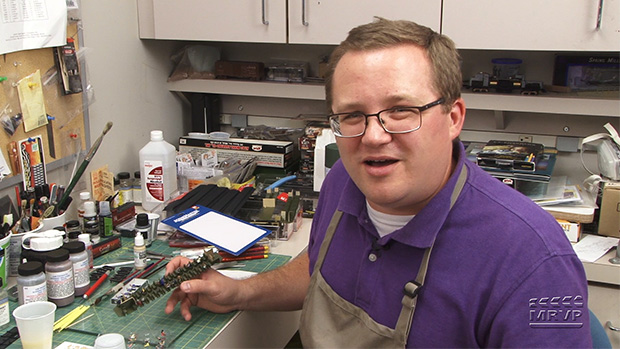
Having trouble viewing this video? Please visit our Video FAQ page In this episode, Cody works to paint the interior of a Chicago & North Western HO scale commuter car. From there, he shows how to add seated figures before reassembling the car. […]
Read More…
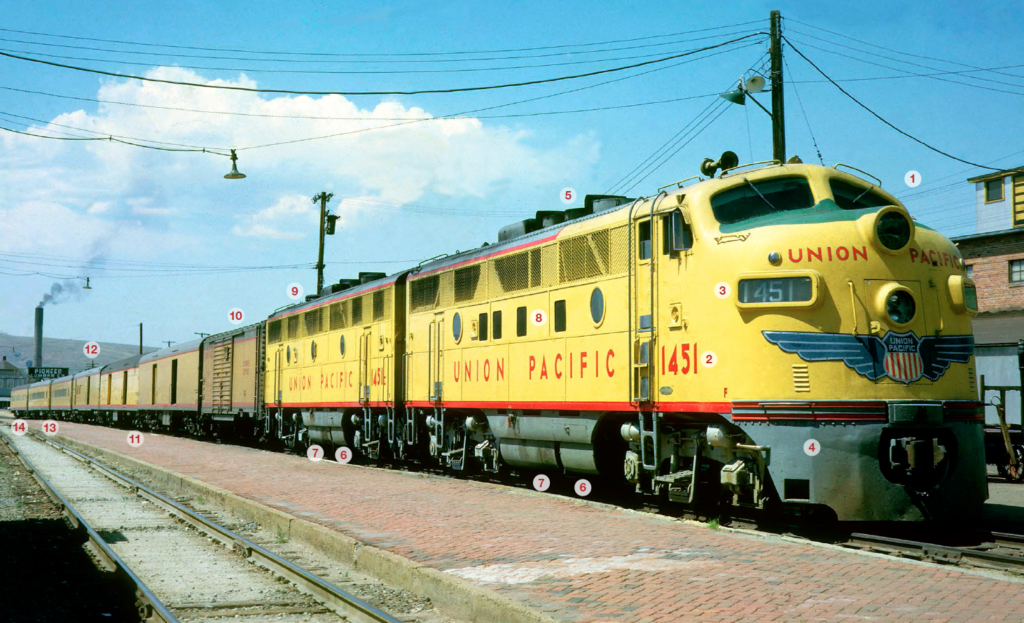
Jerry A. Pinkepank 1 “Mountain Type” F3A. Briefly in 1947, EMD referred to its steam-generator-equipped, passenger-geared F3s as “The Mountain Type.” These units were intended for use on passenger trains that traversed grades for which E7s were not suitable. In September 1947 Union Pacific got eight F3 A-B-B sets, plus three extra A units, all […]
Read More…
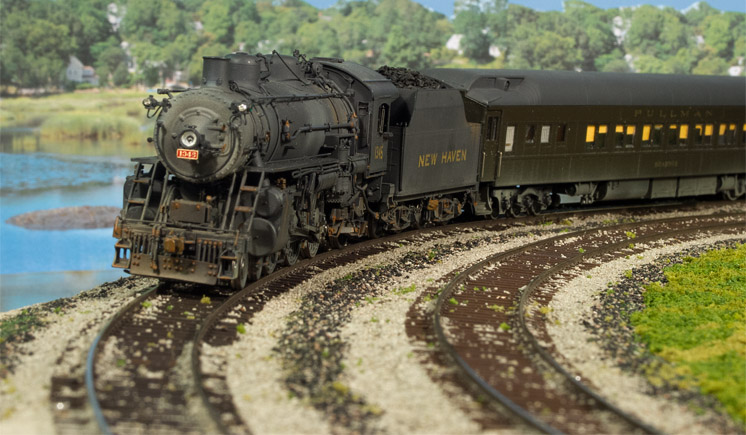
A locomotive leaning into a superelevated curve is a dramatic scene on a prototype and model railroad. Follow the simple method above for making superelevated curves on your model train layout using layers of cardstock shims I think the most exciting railroad photos are of a locomotive at speed leaning into a curve. This “lean” […]
Read More…
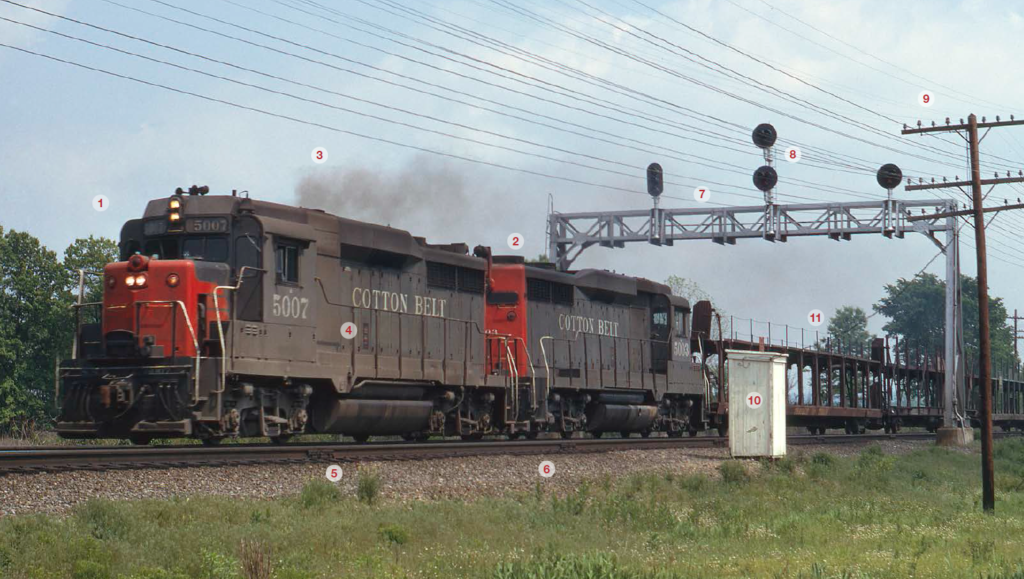
A fast freight rides a two-railroad speedway in May 1971. Jerry A. Pinkepank 1 Cotton Belt freight. A St. Louis Southwestern Railway (SSW, common nickname Cotton Belt) freight rolls north on Missouri Pacific tracks May 8, 1971, at Gorham, Ill., on the 123.7 miles of MoPac trackage rights Cotton Belt used to reach the Illinois […]
Read More…
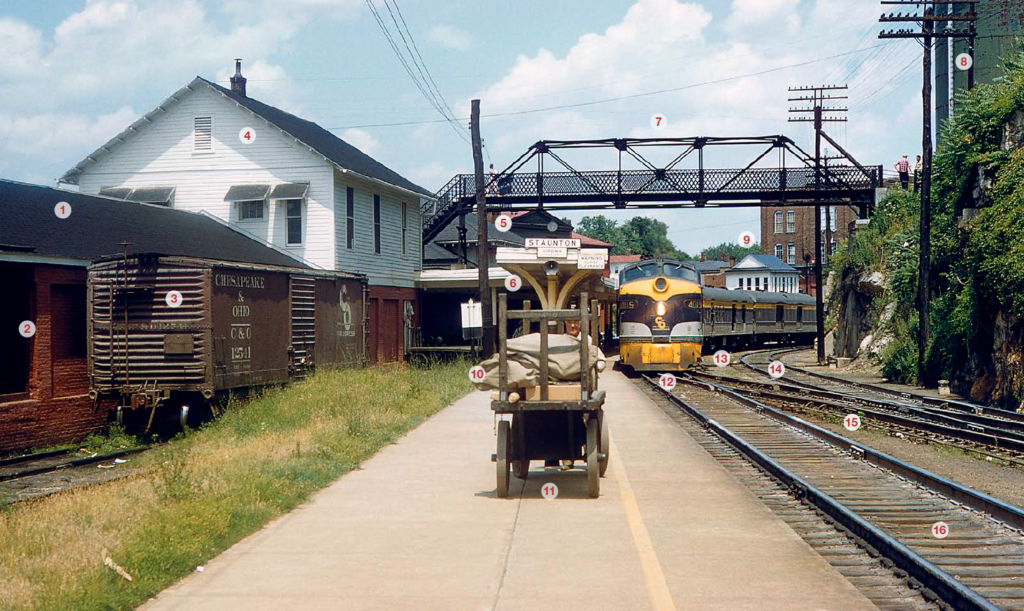
A single photo from the 1950s of C&O’s ‘Sportsman’ at a small-city station at Staunton, Va., reveals plenty of small, easily overlooked details. 1 – Freight house Staunton (“Stan-ton”) in 1950 had a population of 19,927. All towns of this significance once had a freight house where less-than-carload (LCL) freight was handled. Warehousemen used a […]
Read More…
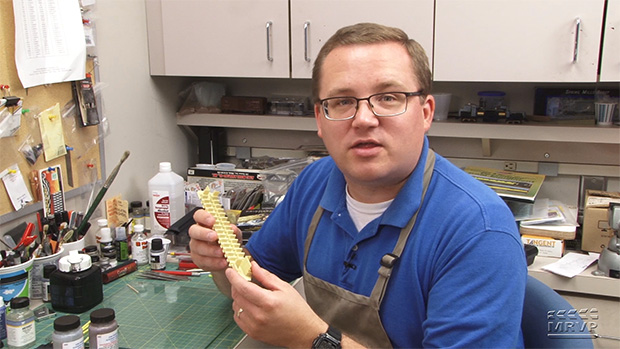
Having trouble viewing this video? Please visit our Video FAQ page Plenty of tasks still to tackle if Cody wants to keep his Chicago & North Western HO scale commuter car project moving forward. From adding rust effects to the trucks and diaphragms to painting the car interior, Cody shows you how! […]
Read More…











